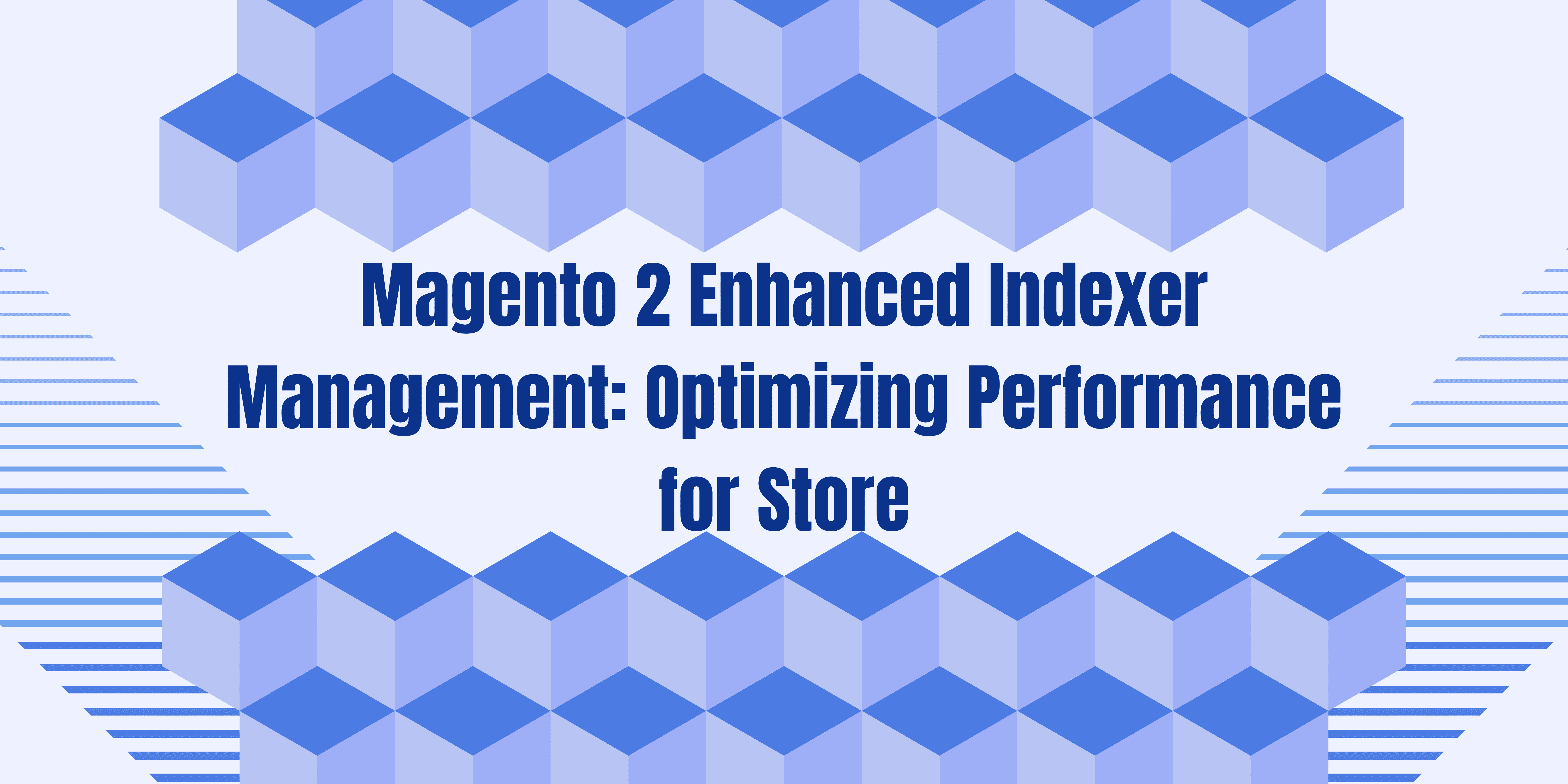In today’s data-driven world, the ability to swiftly & accurately retrieve information is paramount. Whether you’re a developer, a business owner, or an information enthusiast, mastering the art of efficient data search can give you a competitive edge. This is where Elasticsearch comes into play – a dynamic & versatile search-engine that empowers you to unlock the potential of your data like never before. We’ll explain the clarification of ‘Introduction to Elasticsearch: Harnessing the Power of Search’.
What is Elasticsearch?
Elasticsearch is more than just a search-engine; it’s a distributed, REST ful search & analytics engine built on top of the Apache Lucene library. Its primary function is to enable lightning-fast searching, analyzing, and visualizing large volumes of structured & unstructured data in real-time. Originally designed for full-text search, Elasticsearch’s capabilities evolved to encompass various types of data analysis, making it a versatile tool for numerous applications.
Unveiling Elasticsearch: A Brief Overview
At its core, Elasticsearch is an open-source, real-time search & analytics engine built on top of the Apache Lucene library. While search might seem like a simple concept, Elasticsearch takes it to a whole new level, offering lightning-fast & highly relevant results, even when dealing with massive amounts of data.
Key Features & Capabilities
Full-Text Search: Elasticsearch excels at handling full-text search queries across large volumes of data. It doesn’t just look for exact matches; it delves into the contextual meaning of words, making it a valuable tool for applications like e-commerce product searches & content platforms.
Real-Time Analytics: Need to monitor user behavior, track application performance, or gain insights from your data in real time? Elasticsearch’s ability to index & analyze data on the fly allows you to make informed decisions on the spot.
Scalability & Speed: Whether you’re dealing with gigabytes or terabytes of data, Elasticsearch’s distributed architecture ensures that your searches are both fast & scalable. It can handle a single-node setup as well as clusters of nodes for high availability & performance.
Geospatial Search: If location-based data is essential for your application, Elasticsearch’s geospatial capabilities enable you to perform complex geographical queries, making it perfect for mapping and location-based services.
Structured and Unstructured Data: Elasticsearch isn’t confined to structured data alone. It seamlessly handles unstructured data like logs, social media posts & documents, allowing you to glean insights from diverse sources.
- Lightning-Fast Search: Elasticsearch’s architecture is designed for speed. It employs inverted indices to swiftly locate relevant information, making it adept at handling vast amounts of data while delivering near-instant search results.
- Powerful Query Language: Elasticsearch’s Query DSL (Domain Specific Language) empowers users to craft intricate search queries, combining various parameters to fine-tune search results.
Getting Started with Elasticsearch
For those embarking on their Elasticsearch journey, the first step involves understanding its core components: documents, indices, and nodes. Documents represent the information you want to store & search, indices group related documents, & nodes are instances of Elasticsearch running on servers or machines.
To harness the power of Elasticsearch, you’ll need to understand its fundamental building blocks:
Index: This is akin to a database in traditional terms. It’s where your data is stored & indexed for efficient searching.
Document: An individual piece of data within an index, usually in JSON format.
Field: A specific data point within a document. For example, in a product catalog, “name,” “description,” & “price” could be fields.
Query: Elasticsearch uses a query language to find and retrieve documents that match specific criteria.
Analyzer: An analyzer determines how text is processed during indexing & searching. It’s essential for an accurate full-text search.
Use Cases That Showcase Elasticsearch's Versatility
E-Commerce Search: Online retailers leverage Elasticsearch to provide customers with lightning-fast and accurate product search results, improving user experience & driving sales.
Log and Event Data Analysis: Organizations utilize Elasticsearch to ingest, analyze & visualize massive amounts of log and event data, facilitating troubleshooting, security monitoring, & performance optimization.
Content Management Systems: Content-heavy platforms like blogs and news websites rely on Elasticsearch to swiftly retrieve articles, images & multimedia content, enhancing visitor engagement.
Healthcare and Life Sciences: In the medical domain, Elasticsearch aids in searching and analyzing patient records, research data & medical literature, contributing to informed decision-making.
Application Performance Monitoring: Developers integrate Elasticsearch into applications to monitor performance metrics, identify bottlenecks & enhance overall system efficiency.
Why Elasticsearch Matters for You
Whether you’re a developer looking to create lightning-fast search functionality for your application, a business owner seeking to extract valuable insights from your data, or a curious mind eager to understand the world through information retrieval, Elasticsearch offers a powerful solution. Its versatility, speed & scalability make it a must-have tool in the modern digital landscape.
Conclusion: Embrace the Power of Elasticsearch
In an era where the ability to swiftly and accurately access information determines success, Elasticsearch shines as a beacon of efficient search technology. Its versatility, speed, scalability & rich feature set make it a must-have tool for businesses and developers alike. By diving into the world of Elasticsearch, you open the door to revolutionizing search experiences, gaining valuable insights & unleashing the full potential of your data-driven endeavors.
Introduction to Elasticsearch: Harnessing the Power of Search
Introduction to Elasticsearch: Harnessing the Power of Search
Frequently Asked Questions (FAQ)
What is Elasticsearch and why is it important?
How does Elasticsearch work?
How is data queried in Elasticsearch?
Is Elasticsearch suitable for my business size?
How does Elasticsearch handle data security?
Can Elasticsearch be integrated with other tools?
How can I get started with Elasticsearch?
What programming languages can I use with Elasticsearch?
What can you do with Elasticsearch?
How can businesses benefit from Elasticsearch?
Introduction to Elasticsearch: Harnessing the Power of Search
You can also read:
Mastering Python: Unraveling the Serpent’s Code
The Power of Node.js: Building Scalable Web Applications
Artificial Intelligence – The Future of AI: Exploring the Frontiers of AI















